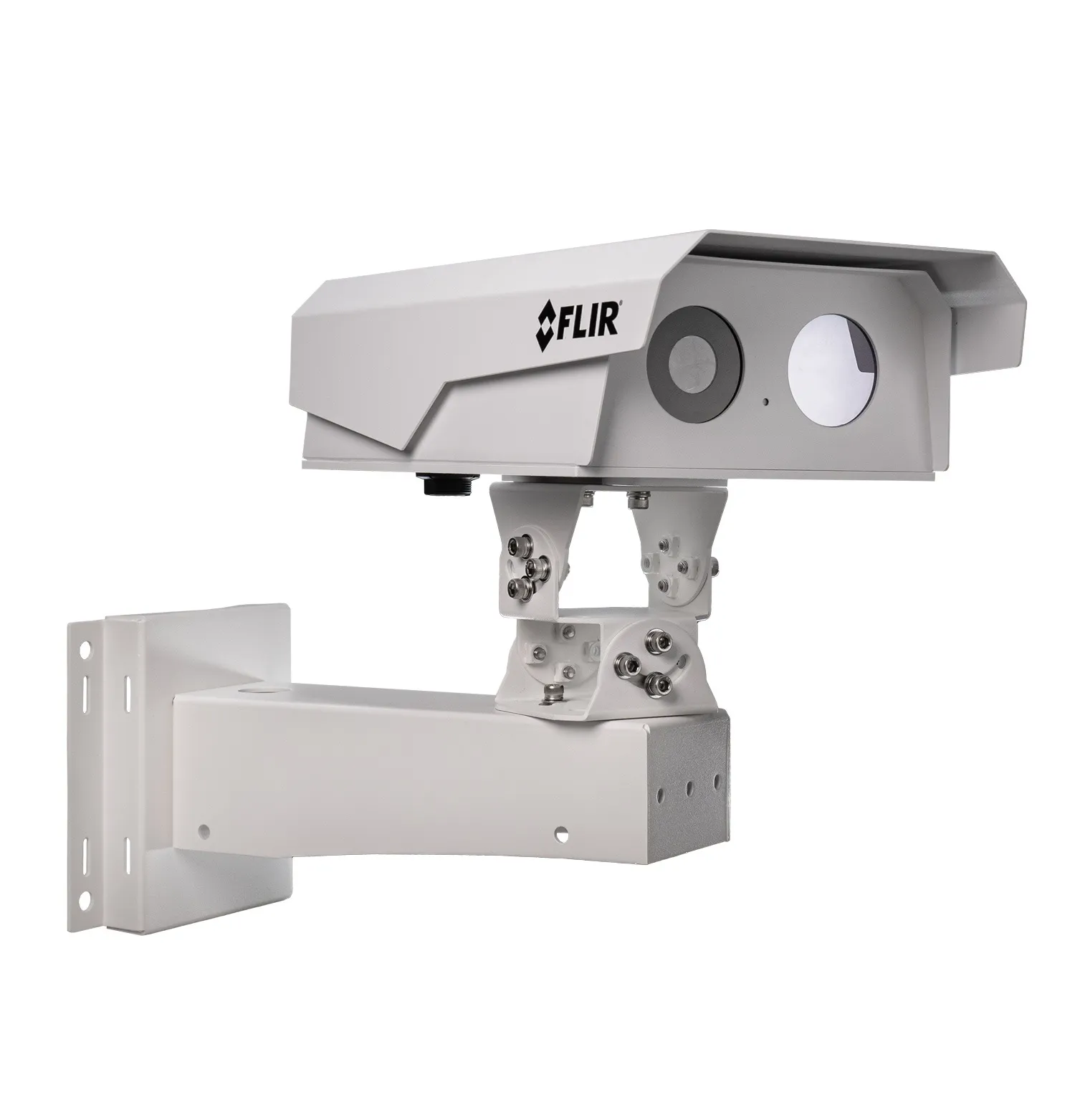
Marseille’s city authority has added the monitoring of a second tunnel to the existing network with a new approach towards video management.
Measuring 1.5km in length, the double-deck Prado Sud tunnel extends Marseille’s existing 2.5km Prado Carénage tunnel towards the southern part of the city. While it was logical to use a common control room and to use the latest detection and monitoring systems in the new tunnel, it was deemed too disruptive and costly to completely upgrade the existing tunnel. Therefore there was a need to employ technology that could cope with the legacy system in the existing tunnel while fully exploiting the potential of the latest systems in the new tunnel.
According to Flir product manager Eddy Vermeulen, the Marseille project is a good example of the industry’s move towards edge-based analytics and the increasing need to integrate both intelligence and networked solutions. In the old Prado Carénage tunnel uncompressed images from the cameras and encoders still are transmitted to the control centre for processing. However, in the Prado Sud tunnel, much of the processing (encoding and analytics) is done at the roadside by video servers with integrated video analytics, with only alerts and exceptions routinely transmitted to the control centre. Vermeulen says this is the direction the industry is heading: “The drawback with the traditional approach is that high-quality video needs to be transmitted to the server over a network, which results in high network traffic loads.
“An increase in available processing power allows the analytics to be performed closer to the camera. Also, additional visionbased monitoring functions can be added to suit the particular location. All this means the control room staff are alerted to any problems and the relevant camera output is automatically displayed, rather than operators having to scroll through numerous live video streams.
“And with the analytics happening close to the camera, the network traffic is heavily reduced. In fact, there is no traffic as long as nothing relevant happens.”
Vermeulen sees these elements as being inter-related: “Fewer control centers become responsible for more tunnels and infrastructure. Cost reductions might be a driver for this, but it is also made possible thanks to better and more powerful communication infrastructure. In such a set-up, it makes more sense to perform analytics on the edge instead of transferring all video over a public network.
“In enlarging the area covered by a control room, existing and new installations with various suppliers’ products may have to be interconnected.”
For these reasons Flux 2.1 has been designed to handle a mix of in-feeds: streamed video from existing cameras, exception alerts from the new cameras (while still allowing joystick control of all the cameras) and in-feeds from a variety of other sensors. This includes cameras and sensors from other suppliers.
As Flux is a web-based application, this opens the possibility of a remote control centre as users only need a PC with a webbrowser connected to the network of the video detection system to access the traffic management system. It also collects traffic data, events, alarms and video images generated by the video detectors, and all event information is automatically documented and recorded allowing an operator to immediately retrieve recorded video sequences and other data. Many authorities building or upgrading tunnels to meet safety regulations will look with interest at Marseille’s solution.










